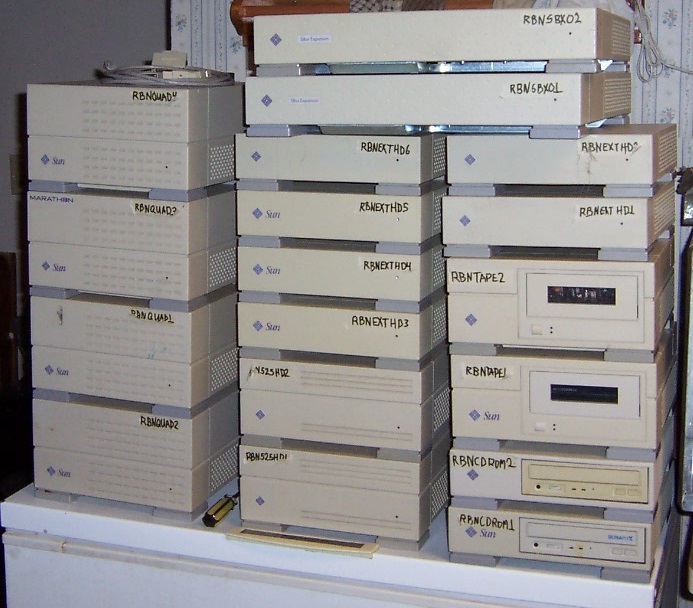The Sun Microsystems SPARCstation 20, introduced in the early 1990s, was a powerful workstation that played a significant role in the development of high-performance computing. Renowned for its advanced architecture and expandability, the SPARCstation 20 became a favorite in research institutions, engineering environments, and academic settings.

One of the standout features of this workstation was its compatibility with a wide range of peripherals, enhancing its functionality and making it a versatile tool for various applications.
- Monitors and Display Options
The SPARCstation 20 supported multiple display options, which allowed users to choose monitors that best fit their needs. Typically, it was paired with Sun's own 17-inch and 21-inch color monitors, known for their excellent resolution and color reproduction. These monitors utilized the 13W3 connector, a standard at the time for high-resolution graphics. The workstation also supported various third-party displays, ensuring that users could tailor their setup to suit specific tasks, whether it be CAD, graphical design, or scientific visualization.
- Input Devices
Input devices were another critical aspect of the SPARCstation 20’s peripheral ecosystem. The system was typically bundled with Sun’s unique keyboard and optical mouse, designed for comfort and efficiency. The keyboard featured a layout that was optimized for UNIX-based environments, providing users with easy access to essential commands. Additionally, the optical mouse offered precise control, enhancing productivity for graphic-intensive applications. Third-party keyboards and mice were also compatible, allowing users to customize their workstation setup further.
- Storage Solutions
The SPARCstation 20 could accommodate a variety of storage solutions, which was crucial for handling the extensive data requirements of scientific and engineering applications. It supported SCSI (Small Computer System Interface) connections, allowing users to connect external hard drives, tape drives, and optical drives. The internal storage options included hard drives that could reach up to 2 GB, which was substantial for the time. Users often enhanced their storage capabilities with external SCSI devices, enabling them to back up important data and manage large datasets efficiently.
- Networking and Connectivity
Networking capabilities were vital for the SPARCstation 20, particularly in environments where collaboration and data sharing were essential. The workstation featured options for both Ethernet and token ring networking, allowing seamless integration into existing networks. Sun’s network interface cards (NICs) were designed to provide reliable connections, which was crucial for accessing remote resources and databases. The SPARCstation 20 also supported various serial and parallel ports, making it easy to connect printers and other devices.
- Graphics and Audio Peripherals
For users engaged in graphic design and multimedia projects, the SPARCstation 20 offered compatibility with several advanced graphics options. The system could be equipped with graphics accelerators like the Sun PGX and PGX+ boards, which provided enhanced graphical performance and better color depth. These graphics boards supported high-resolution displays, making them ideal for applications that required detailed visual output.
Audio capabilities were another noteworthy feature, with the workstation supporting sound cards and audio peripherals. This enabled users to engage in multimedia projects, including sound editing and video production, further broadening the SPARCstation 20’s application range.
Conclusion
The Sun Microsystems SPARCstation 20 was more than just a powerful workstation; it was a flexible and adaptable system that could be tailored to meet the needs of various users. Its compatibility with a wide range of peripherals—from monitors and input devices to storage solutions and graphics boards—made it a formidable tool in the computing landscape of the 1990s.
As technology evolved, the legacy of the SPARCstation 20 and its peripherals continued to influence workstation design, emphasizing the importance of versatility and expandability in high-performance computing.